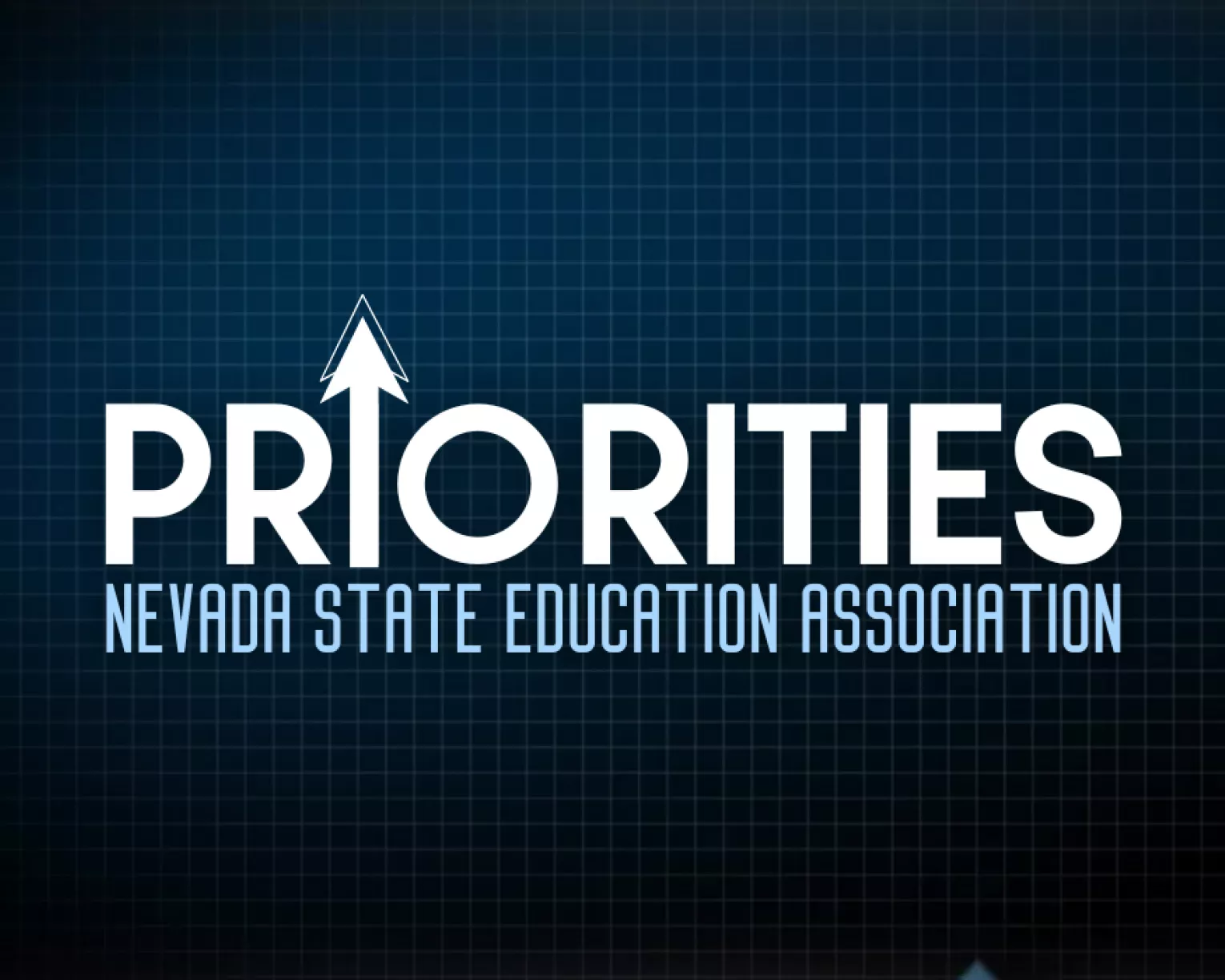In 2019, recognizing the overwhelming needs in Nevada schools, the Legislature created the Commission on School Funding, tasking it with recommending a plan to reach optimal education funding over the course of 10 years. The Commission on School Funding has diligently worked on this task, and they have presented a clear, research-backed plan to close the multi-billion-dollar gap between what Nevada spends on public education now, and where we need to be in 10 years. (It is important to note that even after record increases in education funding last session, Nevada trails the national average by more than $4000 per student today.)
To keep pace with the plan, Nevada needs to increase per-pupil funding by about $700 each year of the upcoming biennium, requiring an additional $600M. In a cold rebuke to the Commission, the Governor’s budget recommendation only increases base funding by $2 per pupil next year. Of course, $2 won't keep up with increasing costs, especially with a 3.5% PERS increase coming in July and inflation that is once again trending up. This flat funding is the result of the Governor’s unwillingness to consider new revenue, and without new revenue, Nevada schools will continue to wallow among the bottom 50 states. The Commission on School Funding took a deep dive on Nevada’s tax structure to make the best possible recommendation for raising revenue. In their own words…
The Commission chose to approach the task of identifying the potential revenue sources required to meet target funding levels through a tax reform or restructuring lens. Rather than identifying a new funding source, increasing current tax rates, or targeting single industry taxes, the Commission preferred to examine the Nevada tax system as a means of adjusting the way taxes are collected or managed, improving the efficiency of the tax base, and maximizing economic and social benefits… Via thorough and lengthy deliberations, the Commission determined that a nearer-term focus on broader-based property tax and sales/use tax systems would best satisfy the adopted revenue principles. Therefore, the Commission’s identification process for sufficient, predictable, and equitable funding sources concentrated on existing excise (sales and use) taxes and upon property (ad valorem) taxes.
As noted, there are only two sources of tax revenue that have the capacity to achieve the identified levels of annual funding increases over time – property tax and sales tax. While other tax sources can certainly be considered to complement or supplement the overall funding strategy, the revenue demands to achieve the targeted levels of funding in the coming decade would not be achievable without significant contributions from the tax capacity that exists within the property and sales tax systems.
Perhaps as important as revenue sufficiency, an examination of Nevada’s property tax system also offers a much-needed opportunity to modernize the system. Once heralded as Nevada’s most stable and predictable revenue source, the introduction of property tax abatements has complicated and confounded the calculation of the value of a unit of property tax, while the unique use of depreciation and replacement value has further separated property assessments from a marketbased reality.
It is also notable that of the 10 states in the U.S. with the highest amount of funding on a per-pupil basis, each relies upon property tax as a primary funding source for education. Property tax has also historically been one of Nevada’s principal methods of funding education, as have revenues from sales and use tax.
While the Commission’s $2.5B plan includes fixing both property tax depreciation and abatements, along with modernization of the sales tax, just passing AJR1 would deliver significant new revenue to Nevada schools. According to a report from Applied Analysis, a nearly identical measure from 2017 would have netted Nevada schools an additional $330M in operating funds and $240M capital funds this year alone. By FY29, resetting depreciation would net school operating budgets more than a half-billion dollars.
Passing AJR1 is the best chance to honor the work of the Commission on School Funding and take a concrete step toward passing the plan. Not doing so means Nevada’s students, families, and educators will remain stuck in chronically underfunded schools for the foreseeable future. Please support AJR1. Please pass the plan.
What's On Your Mind?

